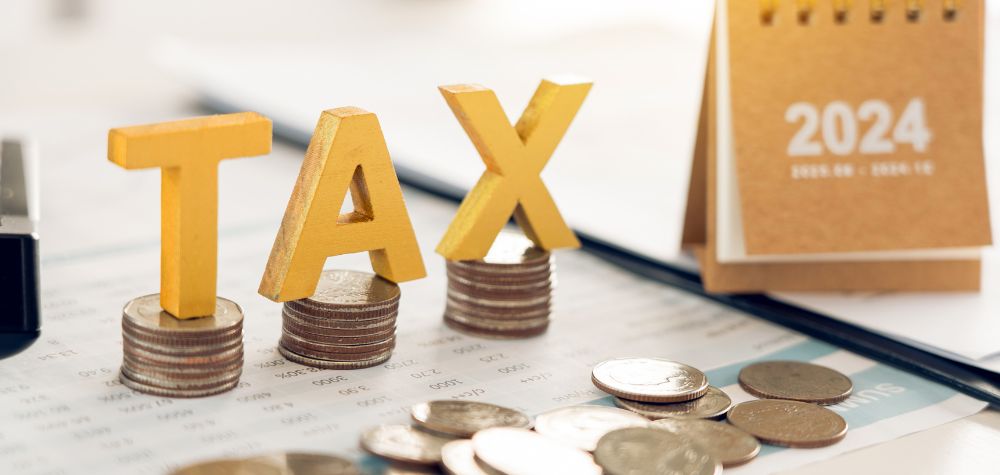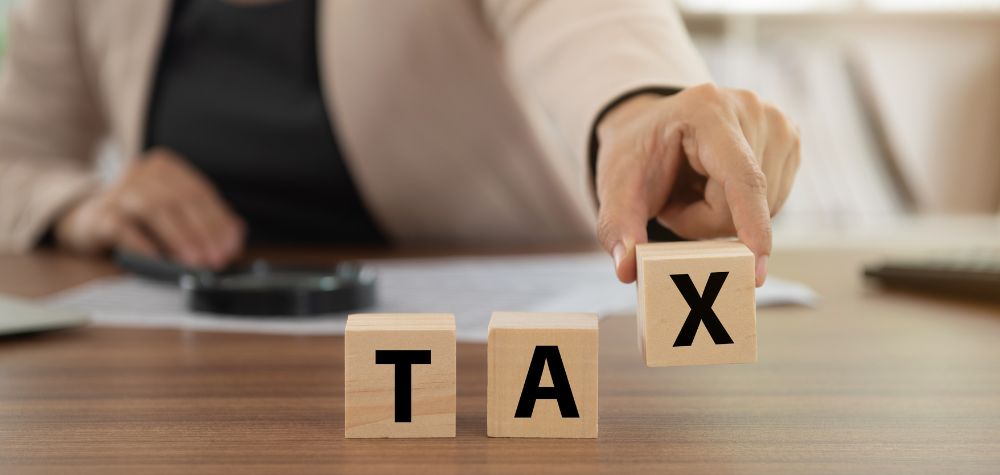
It’s important to know how the tax-free threshold works, especially if you’re earning income from more than one job.
Many people mistakenly claim the tax-free threshold from multiple employers, which can lead to an unexpected tax bill.
This guide will help you understand how to manage the tax-free threshold while juggling multiple sources of income, so you can keep your finances in check.
Getting to Know the Tax-Free Threshold
The tax-free threshold allows you to earn up to $18,200 each year without paying any tax. It’s a great benefit for Australian residents, especially for those on lower incomes. Understanding how this threshold works is key to making sure you’re not caught off guard when tax time rolls around.
Which Incomes Count Toward the Tax-Free Threshold?
It’s important to remember that the tax-free threshold applies to your total income, not just what you earn from one job. This includes:
- Salaries and wages from your employers
- Payments from government agencies
- Income from work done under an Australian Business Number (ABN)
How to Claim the Tax-Free Threshold
You can only claim the tax-free threshold from one employer at a time. When you start a new job, your employer will ask if you want to claim the tax-free threshold. If you’re already claiming it from another job, you should let them know by answering “no.” This will help you avoid any tax-related issues later on.
What Happens If You Claim the Tax-Free Threshold from Multiple Employers?
If you mistakenly claim the tax-free threshold from more than one employer, you might not have enough tax withheld from your total income. This can happen if:
- Your combined income from all employers exceeds $18,200, and
- You’ve claimed the tax-free threshold from more than one job
When this happens, you could end up with a tax bill that needs to be paid as a lump sum at the end of the financial year. No one likes surprises like that, so it’s best to get it right from the start.
How to Avoid an Unexpected Tax Bill
To steer clear of any tax surprises at the end of the financial year, here’s what you can do:
- Claim the Tax-Free Threshold from Just One Employer: Choose the employer who pays you the most.
- Notify Your Other Employers: If you need to stop claiming the tax-free threshold from one of your jobs, simply fill out a Withholding Declaration form and give it to your employer.
- Keep an Eye on Your Income: Make sure you’re aware of how much you’re earning from all sources so you don’t exceed the threshold without enough tax being withheld.
Managing Study or Training Support Loans with Multiple Employers
If you have a study or training support loan, like a HECS-HELP or SFSS loan, it’s important to let each of your employers know. You’ll need to make compulsory repayments if:
- You still have a study loan when you lodge your tax return, and
- Your repayment income is above the minimum threshold
Steps to Take
- Inform Your Employers: Make sure all your employers know about your study loan so they can withhold enough for your compulsory repayments.
- Adjust Withholding Amounts: You can use a Withholding Declaration form to ensure your employers are withholding the right amount to cover your loan repayments.
Making Voluntary Repayments
You’re always welcome to make voluntary repayments to reduce your study loan balance. But remember, if your repayment income is above the threshold, you’ll still need to make compulsory repayments even if you’ve made voluntary ones.
Managing Tax If You’re a Sole Trader or Earn Through Online Platforms
If you earn income as an employee and also as a sole trader or through online platforms, managing your tax is crucial to avoid surprises.
Prepaying Tax on Business Income
As an employee, your employer takes care of withholding tax from your pay. But as a self-employed individual, you’re responsible for the tax on your business income. To avoid a big tax bill at the end of the year:
- Pay As You Go (PAYG) Instalments: You can prepay tax on your business income throughout the year using PAYG instalments. This spreads out your tax liability, making it easier to manage than paying a large sum at tax time.
Understanding and managing the tax-free threshold is key to staying on top of your finances, especially if you have multiple sources of income.
By claiming the tax-free threshold from only one employer and carefully managing any study loans or additional income, you can avoid unexpected tax bills and keep your financial situation under control.
If you’re ever unsure about your tax situation, don’t hesitate to seek advice from a tax professional.










